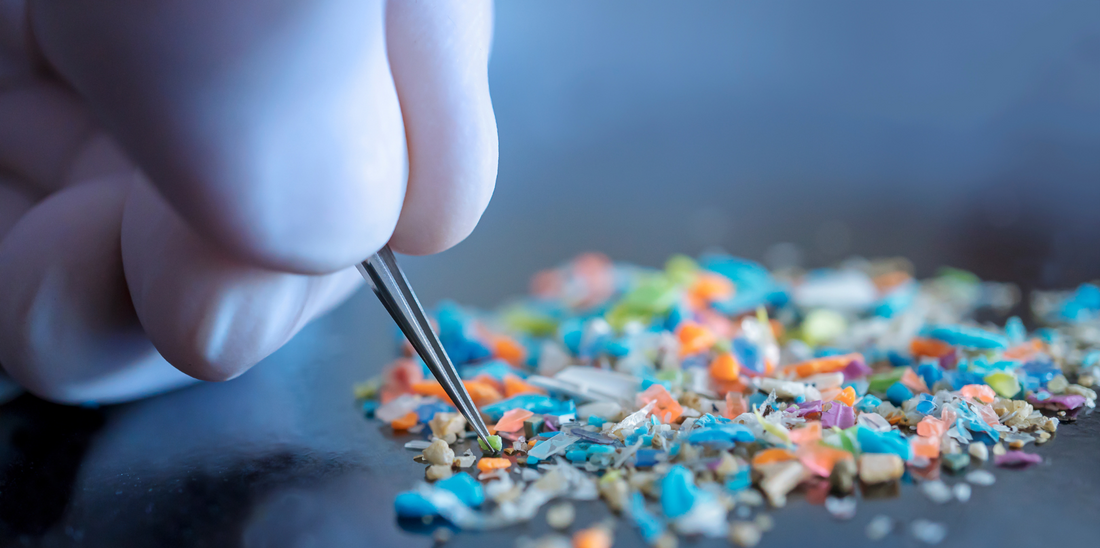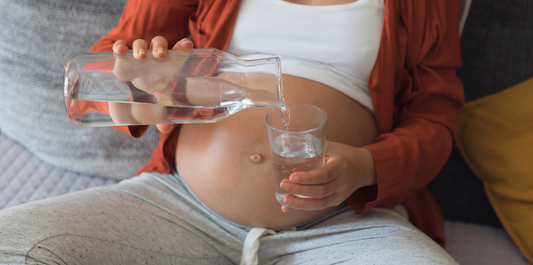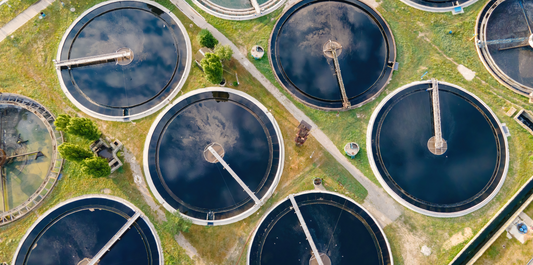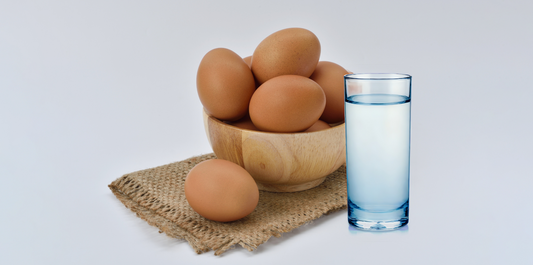“Antibiotic resistance is an overlooked impact of microplastic pollution,” declared a recent European news article, highlighting a worrying new aspect of our plastic waste crisis. Polystyrene—commonly found in teabags, takeaway containers, and clothing—can break down into minuscule fragments called microplastics. These particles are so small that they can enter our bodies undetected. Indeed, an investigation by Orb Media, covered by The Guardian, revealed that 72 per cent of tap water samples tested across Europe contained microplastics. Moreover, some studies indicate that infants might be exposed to up to 15 times more microplastics than adults, possibly due to crawling on carpets, playing with plastic toys, and their still-developing physiology.
Beyond simply littering our environment, these tiny plastic pieces may also transport harmful bacteria, potentially facilitating the spread of antibiotic resistance—widely recognised as one of the most significant public health threats today.
Review of evidence: microplastics as hotspots for drug-resistant bacteria
A recent study published in the Journal of Hazardous Materials provides insight into why polystyrene microplastics might be spurring antibiotic resistance. As these fragments degrade, they develop a porous texture that offers bacteria ample surfaces to cling to and flourish. In such “cosy” micro-environments, bacteria can swap antibiotic resistance genes (ARGs) more freely than they would in open water or soil.
This phenomenon is particularly concerning because it implies antibiotic-resistant strains can proliferate even in the absence of antibiotic overuse—long recognised as the primary driver of resistance. Should microplastics carrying such resilient bacteria enter the human body via tap water, bottled drinks, or other common sources, illnesses that were once straightforward to treat could become increasingly dangerous. Infants, older adults, and those with weakened immune systems are especially at risk.
Further studies illustrate the complexity of this challenge. One investigation in Water Research discovered that microplastics can enable bacterial communities to thrive, reducing their susceptibility to standard disinfection methods. Consequently, plastic fragments within reservoirs, pipes, or water treatment facilities may harbour clusters of robust bacteria, undercutting efforts to maintain clean drinking water.
Collectively, these findings highlight that plastic pollution is more than an environmental hazard—it also poses an increasing threat to public health. By promoting the dissemination of antibiotic-resistant bacteria, microplastics underscore the urgent necessity for more awareness, better waste disposal practices, and sustained scientific research to tackle this concern effectively.
Microplastics exposure: other health risks

Beyond facilitating antibiotic resistance, microplastics can also adversely affect health in other ways. These microscopic particles can infiltrate the human body via food, water, or even airborne transmission, potentially bearing harmful chemicals or pathogens.
- Potential toxic effects: one study suggests microplastics might leach additives or pollutants once inside the body, which could interfere with hormone regulation or other vital processes.
- Microplastics in human blood: another piece of research detected microplastics in human blood samples, raising questions about whether these particles may travel to different organs and induce inflammation or related health problems.
- Concerns for vulnerable groups: as noted earlier, infants and young children may be particularly vulnerable because of their developmental stage, frequent contact with plastic toys, and tendencies like hand-to-mouth behaviour.
Why water matters: microplastics in our daily supply
Microplastics in tap water
Tap water remains a key path for microplastic intake, with multiple studies confirming the prevalence of these fragments in European water supplies. Although the World Health Organization states more analysis is needed to fully assess potential health implications, improvements in water treatment and waste management are increasingly recognised as essential.
How microplastics sneak into our water systems
Microplastics can enter household water systems in several ways, including surface runoff, insufficiently treated wastewater, and ageing infrastructure—highlighting the importance of both personal and collective preventative measures:
- Runoff from plastic waste: when larger plastic waste breaks apart, it releases fibres and fragments into oceans, rivers, and reservoirs.
- Microfibres from clothing: washing synthetic garments can generate microfibres that pass through treatment plants, eventually showing up in tap water.
- Industrial effluents: plastic production facilities and various industrial processes can discharge microparticles directly into waterways if not properly managed.
Reducing microplastics: practical steps and policy solutions
Everyday changes to reduce microplastic exposure
1. Opt for natural fibres
Synthetic textiles can release considerable amounts of microfibres during laundering. Choosing cotton, wool, or other natural fabrics can help limit microplastic pollution in wastewater.
2. Avoid excessive plastic packaging
Larger plastic items contribute significantly to microplastic contamination as they degrade. Replacing single-use plastics with reusable alternatives lowers the chance of plastic fragments entering waterways.
3. Be mindful of personal care products
Items like exfoliating scrubs once contained plastic microbeads. Checking labels and selecting products free of microplastics can prevent additional strain on water treatment systems.
4. Support legislation and responsible industry practices
Industrial activities can release microparticles into the environment when waste management is inadequate. Advocating for stricter regulations, tighter controls on production, and better recycling frameworks can help curb microplastic pollution at its source.
5. Purify your water
Even well-regulated water supplies can still contain microplastics. Employing a reliable filtration method helps remove these particles before they enter your body, offering an added layer of protection.
Why a quality water filter matters
One straightforward solution for reducing microplastic intake is to invest in advanced filtration methods like reverse osmosis (RO), ultrafiltration (UF), or nanofiltration (NF). These systems utilise specially designed membranes to trap particles measuring less than a micrometre, preventing many microplastics from ending up in your drinking water.
How advanced filtration works
Technologies like RO, UF, and NF rely on semi-permeable membranes that physically bar contaminants exceeding a certain size threshold. Research has shown these membrane-based treatments to be effective in lowering microplastic concentrations:
- A study in Molecules reported that such membrane processes can significantly diminish the levels of microplastics in treated water.
- The World Health Organization acknowledges that modern water treatment can eliminate most microplastics, even as it calls for further research into the long-term health effects.
AquaTru: leading the charge against microplastics

Among these advanced filtration systems, AquaTru stands out as a compelling option to combat microplastics:
Certified performance
AquaTru’s 4-stage RO filtration is IAPMO-certified under NSF/ANSI standards, ensuring it eliminates up to 99% of harmful substances, including microplastics.
Health-focused design
By delivering cleaner water, AquaTru supports optimal hydration, enhanced detoxification, and improved overall well-being—especially important given that an adult body is roughly 60% water.
Environmental benefits
Since AquaTru can replace bottled water, it helps to reduce plastic consumption, a leading contributor to microplastic spread in aquatic ecosystems.
Long-term savings
Thanks to a one-off equipment cost and lower ongoing filter replacements, AquaTru can save households thousands of pounds each year compared to routinely buying bottled water.
Whether you opt for the AquaTru Classic, AquaTru Carafe, or AquaTru Under Sink model, you gain a robust defence against pollutants, including microplastics.
By extending beyond ocean litter to infiltrate tap water and even human blood, microplastics exemplify how plastic pollution has rapidly evolved into a significant health issue. Scientific evidence increasingly correlates these microscopic particles with antibiotic resistance, toxic chemical exposure, and higher risks for vulnerable individuals such as infants.
Addressing the challenges posed by microplastics demands coordinated efforts—from everyday lifestyle shifts to systemic policy changes. One of the most effective and immediate steps is installing a high-quality filtration system that reduces or eliminates these particles from your drinking water. With collective engagement at both individual and societal levels, we can move closer to a future where access to safe, clean water is guaranteed, and the burden of plastic pollution is substantially reduced.




